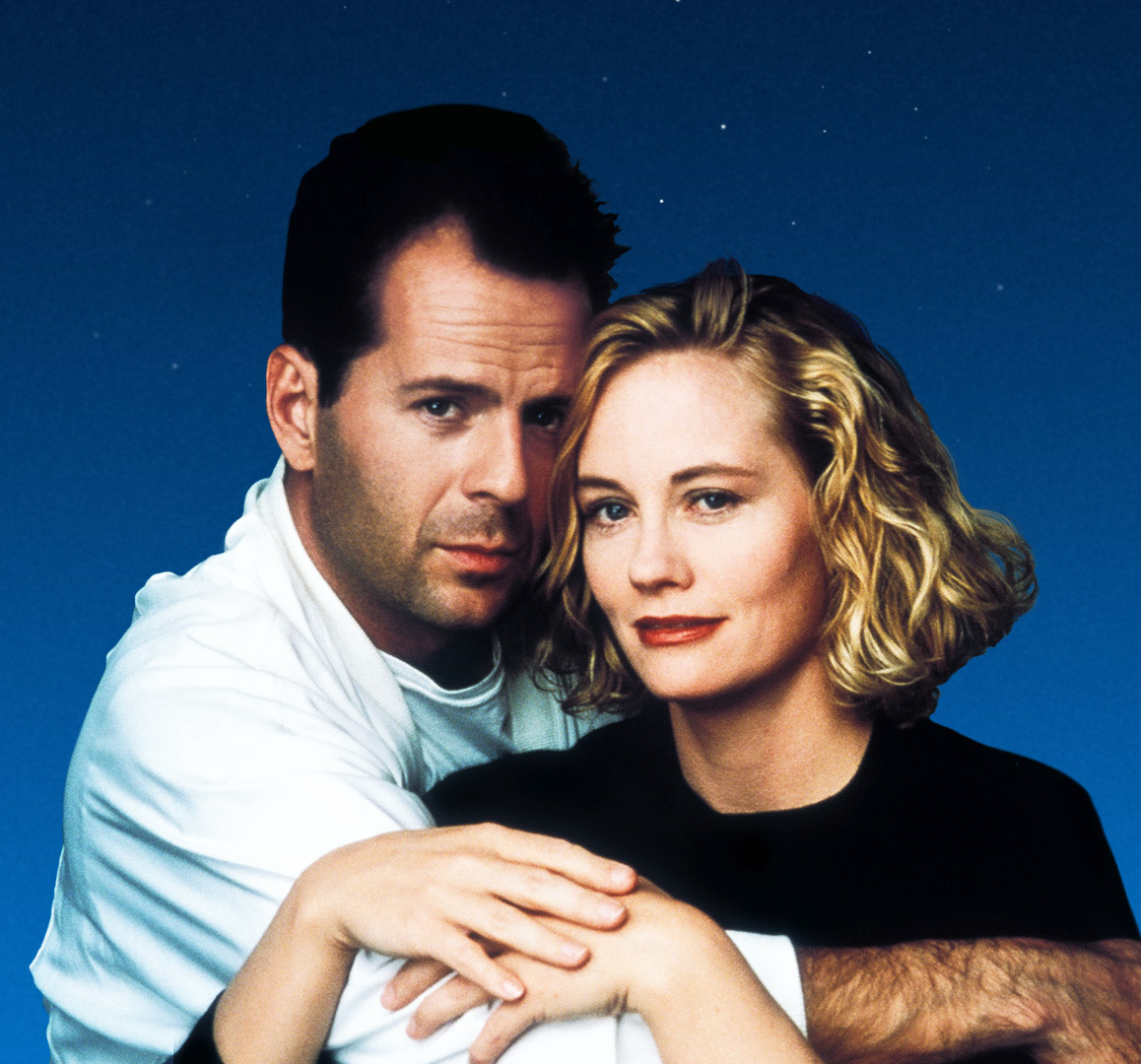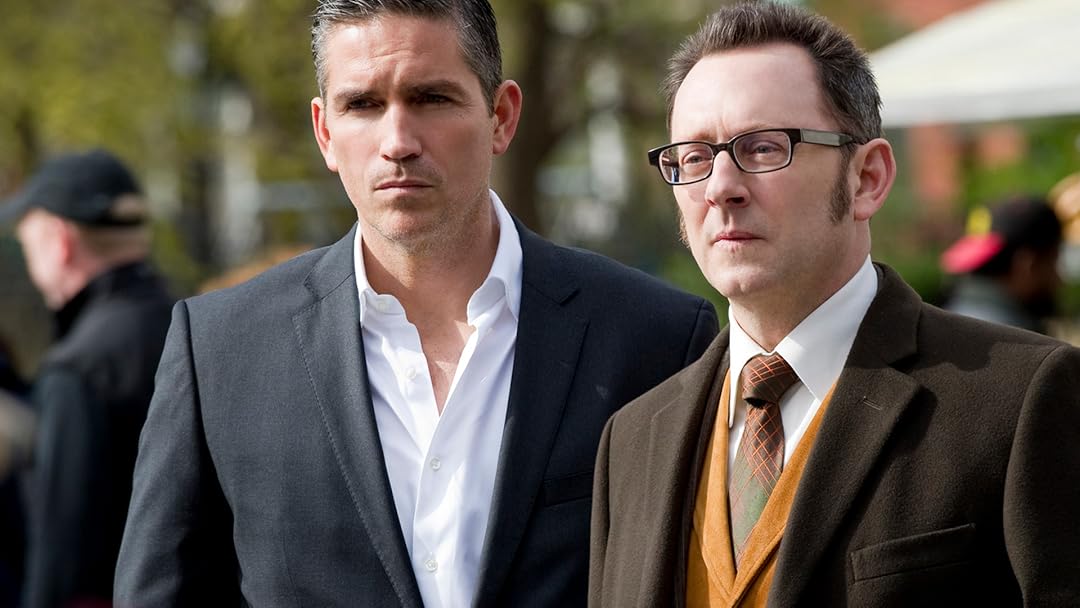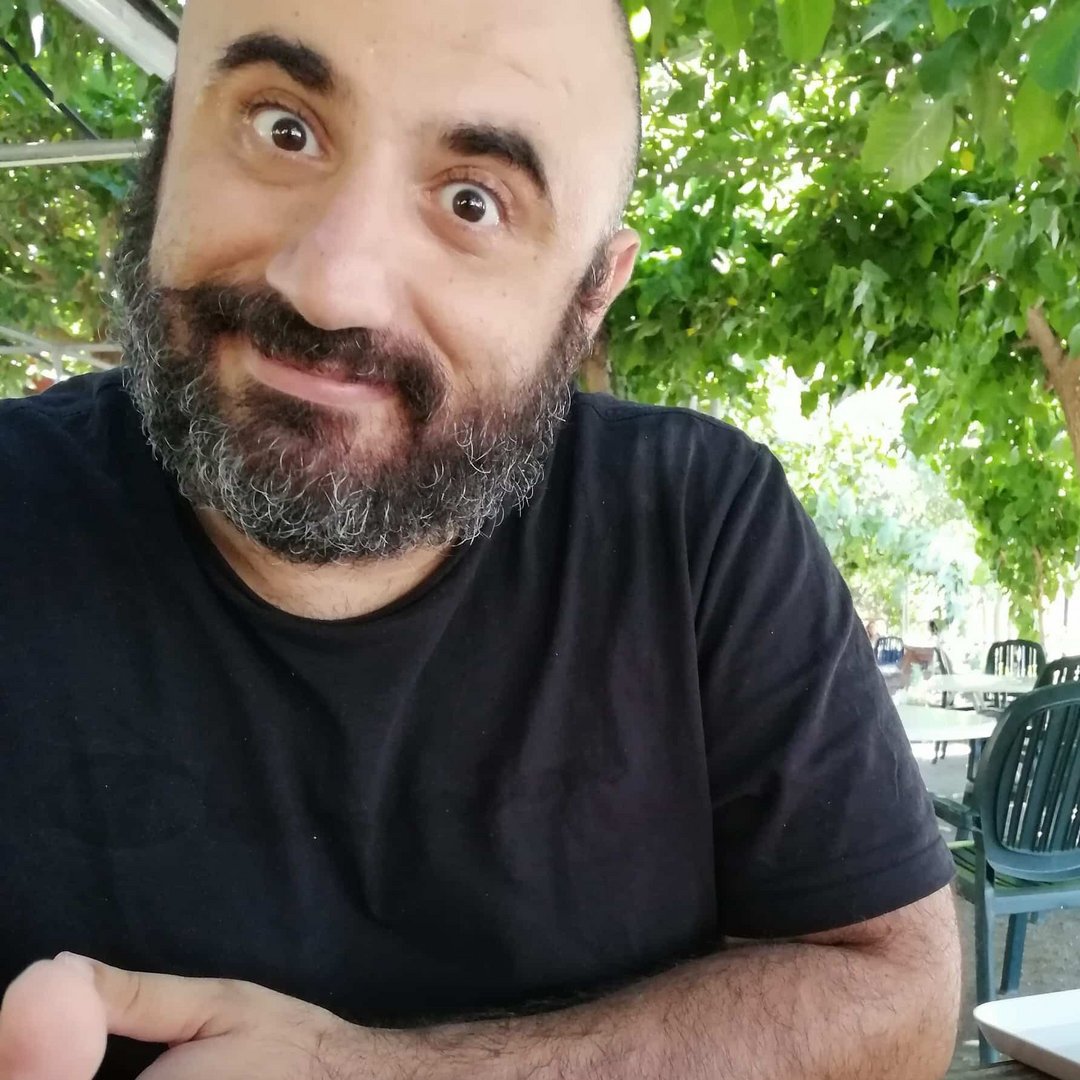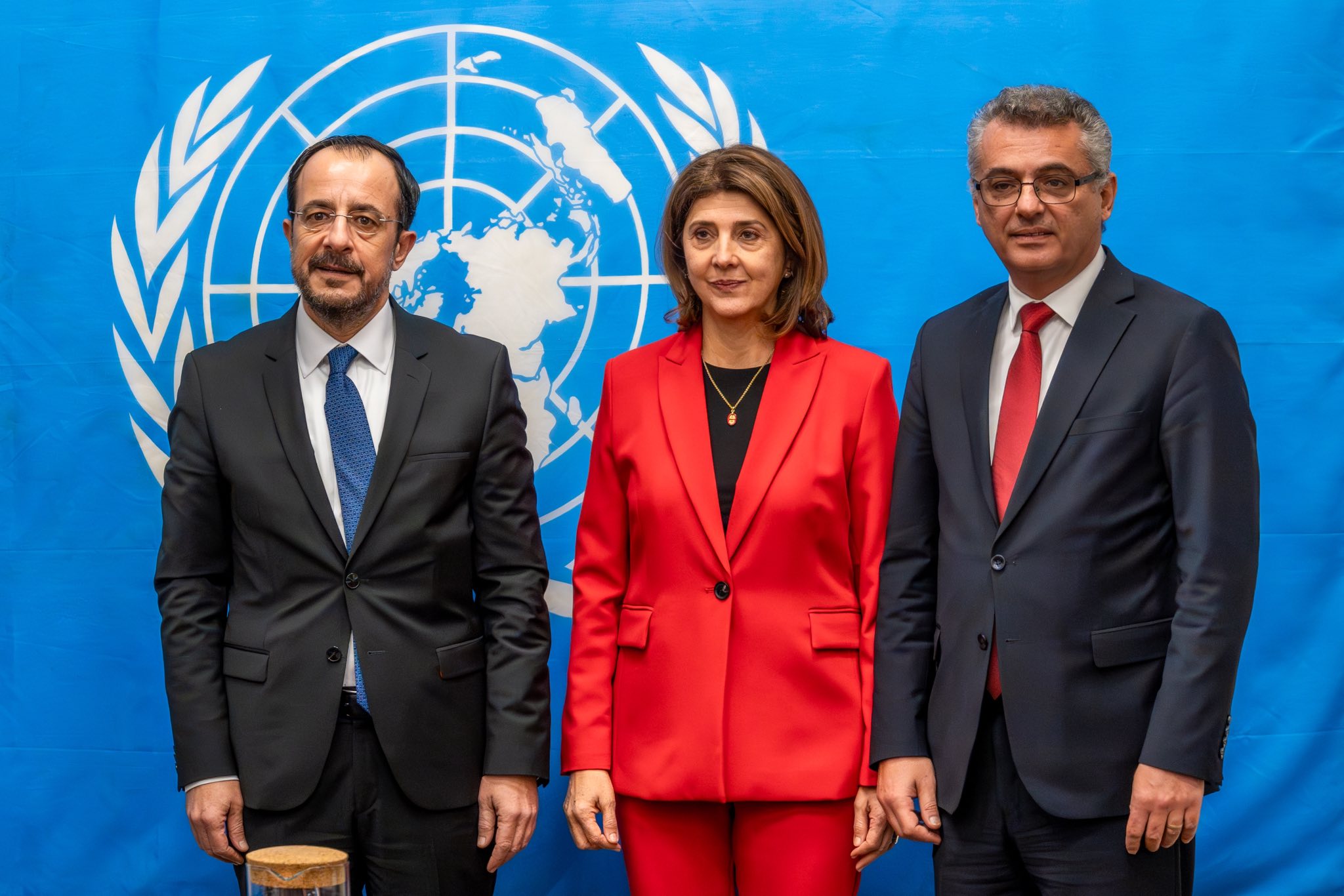Successful series sometimes had as colourful storylines behind the scenes too
Shooting a television series is a stressful job. In the TV and film world, there are countless moving parts that must come together to make everything work. If one person falls behind, the whole production stalls. When production is delayed, the studio executives begin screaming into their phones.
In such a high-pressure environment, it is almost inevitable that some sets become volatile behind the camera. The history of television is full of stories about series that sparkled for viewers but were a nightmare for the people making them. The contrast between the polished final product and the chaos backstage can be shocking, and some shows have become just as famous for their behind-the-scenes drama as for their storylines.
Moonlighting (1985–1989)
Moonlighting was a detective romantic comedy starring Bruce Willis and Cybill Shepherd as the unlikely duo running a small detective agency. Shepherd played Maddie Hayes, a glamorous ex model who lost her fortune after being swindled by her accountant and was left with a failing agency. Willis played David Addison, a wisecracking detective with a carefree attitude. The chemistry between the two leads electrified audiences and helped the series stand out as one of the most inventive shows of its era.
What viewers did not know at the time was that the two stars could barely stand each other off screen. Shepherd admitted in a 2005 interview that at one point she and Willis “just hated each other.” While the two eventually mended fences, the atmosphere during the production years was notoriously tense. A cameraman later recalled that when the two actors were together on set, no one knew if they were about to get a brilliant scene or a shouting match.
There were many factors contributing to the animosity. Shepherd was known as a precise performer who preferred to stick closely to the script, while Willis leaned toward improvisation, which led to constant clashes. Because the banter between Maddie and David was the core of the show, the scripts were unusually dialogue heavy.
Production delays and strikes made things even worse, but the biggest disruption came when Willis became a movie star. His breakout role in Die Hard made his schedule nearly impossible to juggle with television commitments, and the show began to suffer. By the end, Moonlighting was as much a drama behind the camera as it was on screen, and the friction between its leads became part of its legend.

Person of Interest (2011–2016)
Person of Interest was science fiction starring Jim Caviezel as John Reese, a former CIA agent recruited by a reclusive billionaire named Harold Finch, played by Michael Emerson. Finch had created a machine that could predict terrorist threats, and together the two men used it to prevent crimes before they happened. The show ran successfully for five seasons and built a loyal fan base who praised its thought-provoking themes about surveillance and free will.
Behind the scenes, however, there were persistent rumours that the production was far less pleasant than it looked. Much of this centred on Caviezel.
Stories circulated that he could be extremely difficult to work with and anonymous accounts claimed he harassed people backstage with unsolicited opinions on religion, race and even eugenics. Crew members allegedly endured yelling and belittling when things went wrong.
Other rumours suggested that Caviezel was eventually barred from participating in fight scenes because he struck stunt performers too hard, and from driving scenes after an incident in which he allegedly ran a light and nearly hit pedestrians. These tales remain unverified, but they circulated widely enough among fans that they became part of the show’s mythology. The disconnect between the professional, heroic figure he played on screen and the rumours of his behaviour off screen was striking.
Community (2009–2015)
Community was a sitcom set at a dysfunctional community college and focused on an unlikely study group that evolved into a surrogate family. The show became beloved for its clever writing, pop culture parodies, and surreal sense of humour.
Behind the laughter there was plenty of tension. Like many network comedies, the show was produced under gruelling schedules. Long hours took a toll on cast and crew, and not everyone coped well. Chevy Chase, who played the bigoted millionaire Pierce Hawthorne, became notorious for his unhappiness.
The most famous feud was between Chase and series creator Dan Harmon. Their relationship deteriorated to the point where Harmon mocked Chase at a wrap party. When word got back to him, Chase left Harmon a furious, profanity-laced voicemail that eventually leaked online. The drama highlighted just how toxic the atmosphere had become.
Harmon himself was not free of blame. He later admitted that he was jealous of Donald Glover’s rising stardom and did not always treat him with the respect he deserved. Glover eventually left the show to focus on his music career. Joel McHale, the show’s lead, later described working on Community as “surviving a war,” a remark that captured how draining the experience could be even while producing some of the most inventive comedy of the decade.







Click here to change your cookie preferences